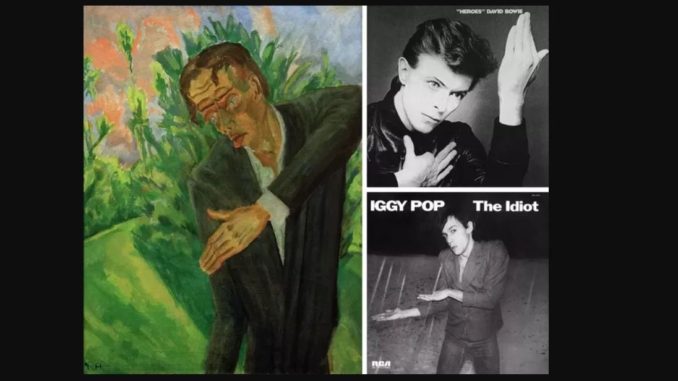
David Bowie and Iggy Pop spent a lot of time together in 1976 and 77. They were both in Berlin working on albums, with Bowie having a key role on Iggy’s album – more or less orchestrating what would lead to his career reboot.
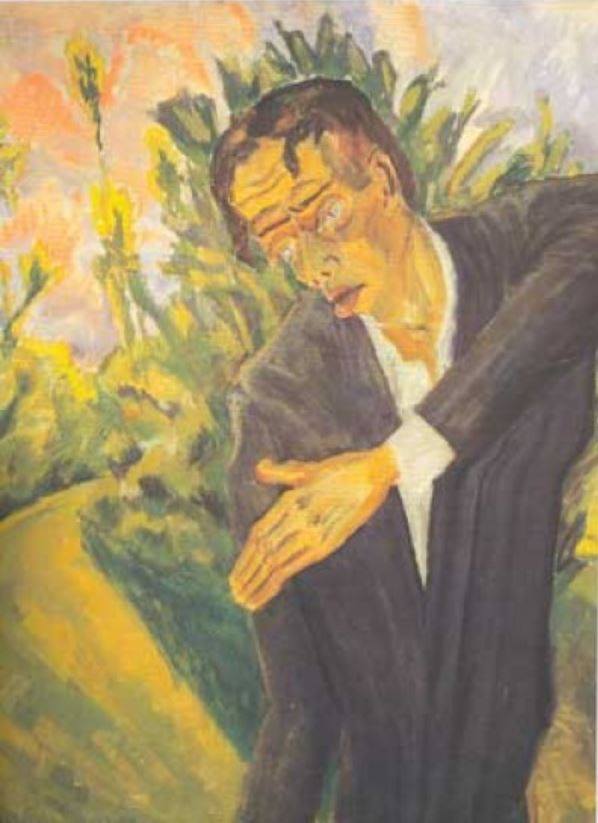
The music and general shenanigans from those times are stories for another day. Today we look at the cover art of some of the albums they released from this period. Specifically, Iggy’s The Idiot and Bowie’s Heroes, which stylistically have quite a bit in common.
Bowie and Iggy were arguably as influenced by European styles at this time as they ever would be in their careers.
One artist in particular provided the stylistic inspiration for their respective album covers: the German artist Erich Heckel, and in particular his painting Roquairol.
The cold, angular pose of the painting would be mirrored by both Bowie and Iggy on their album covers, which they felt reflected the Krautrock-inspired music on their albums.
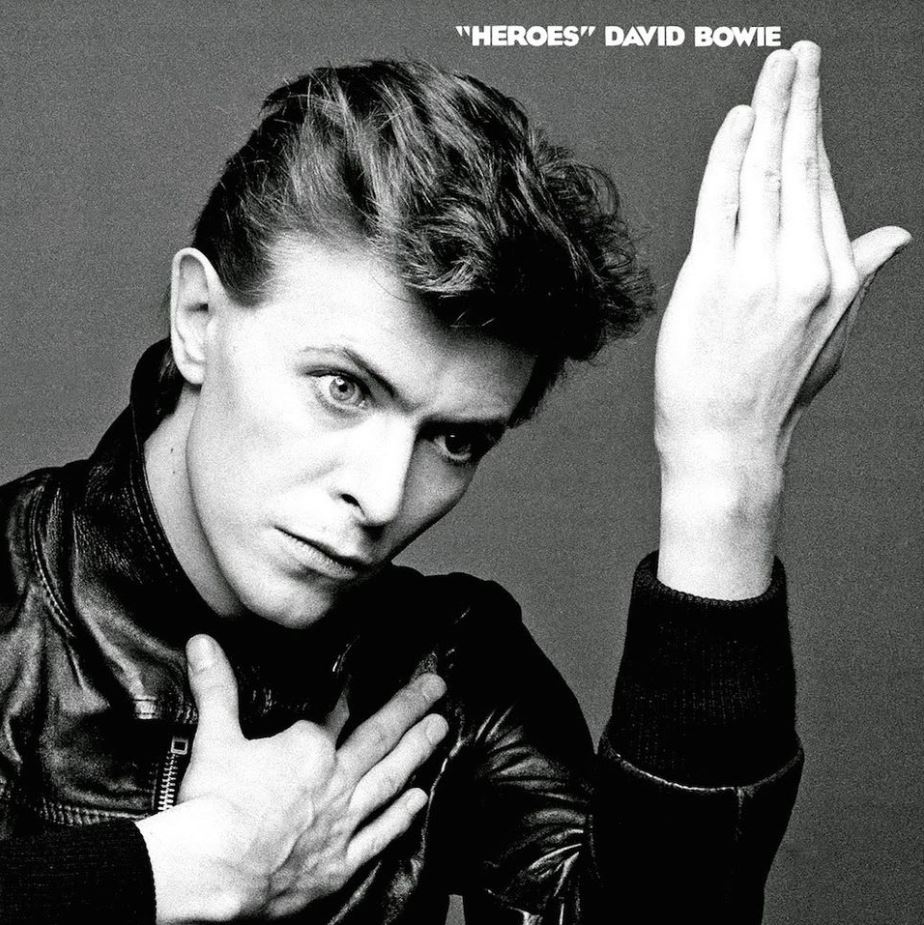
Heroes (released on 14 October 1977) was the second album Bowie made in a string of three known as the ‘Berlin trilogy.’ Masayoshi Sukita shot the cover photo, where Bowie takes a cold, angular pose similar to the painting.
On the album, Bowie was extending the experimentation of the compositions on his previous album Low (1977). Though the album peaked at #3 in the UK charts, the singles – Breaking Glass, Beauty And the Beast and the title track – were some of his least successful in the UK since he had tasted superstardom. Perhaps the public just wasn’t ready to accept a stark, black-and-white Bowie so at odds with the glam-rock hero he had become famous for being.
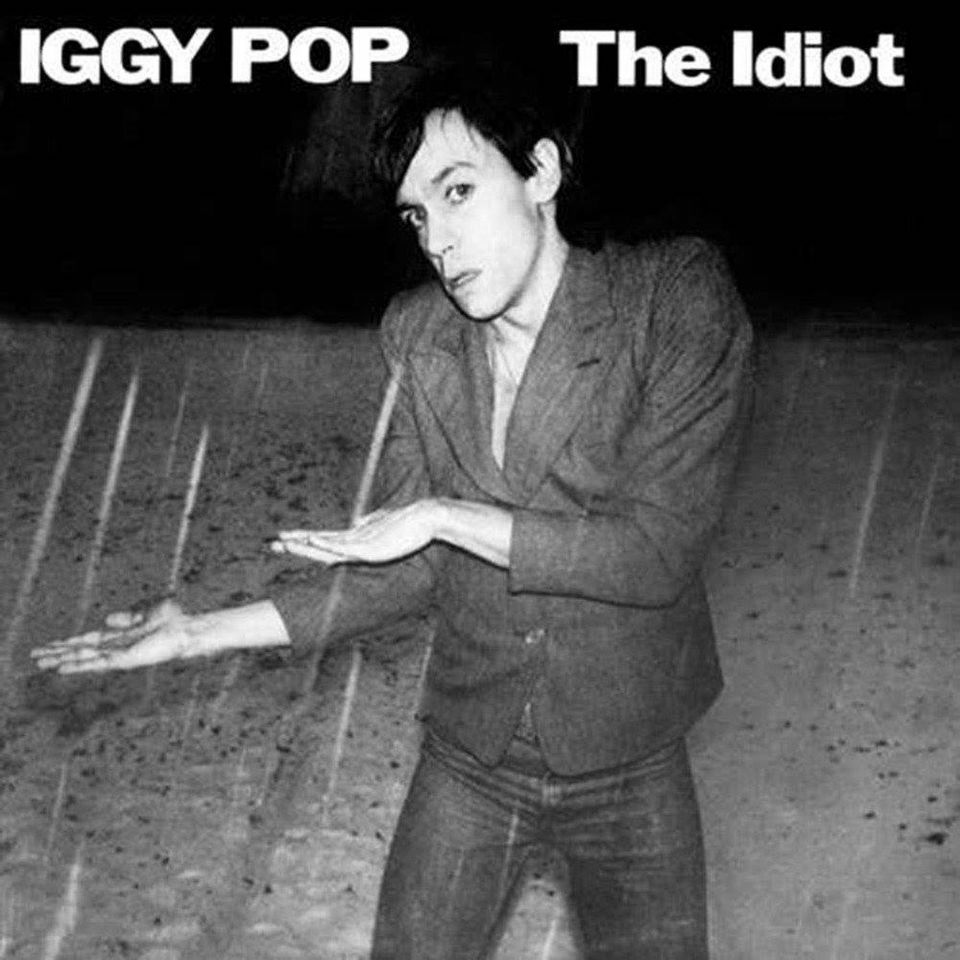
The cover image of Iggy Pop’s The Idiot (released on 18 March 1976) was first, though, starting their black-and-white takes on Heckel’s painting. Musically, this album removed Iggy from the proto-punk madness he was known for with the Stooges – and that even in the year when punk went overground and he easily could have been hailed as its figurehead. It was an inspired move that insured Pop’s visibility for the very reason that it wasn’t expected. It also made the music that much more timeless.
The move was masterminded by Bowie, who co-wrote, produced and played on the album. Iggy was remoulded into something of a Renaissance man for the late 1970s, somewhat reflecting Bowie’s current image – something that their somewhat coordinated sleeve styles underpinned.
With this sleeve, the punk godfather turns himself into the post-punk godfather, along with the likes of Kraftwerk and Bowie, completely reversing his image in the process and wiping away the self-harming rock hedonist of yore… for a few years at least.
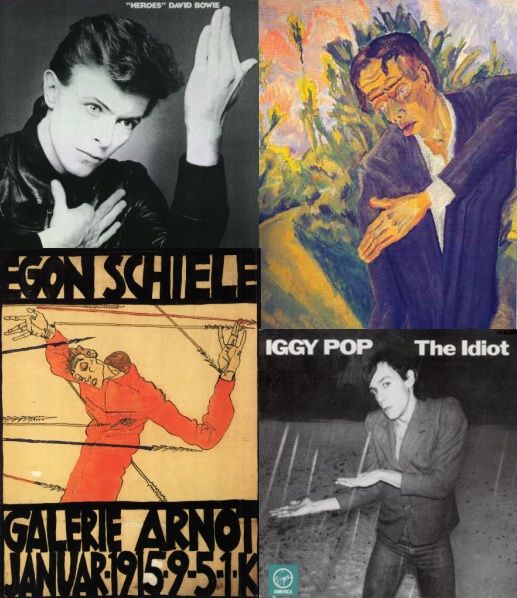

Facebook Comments